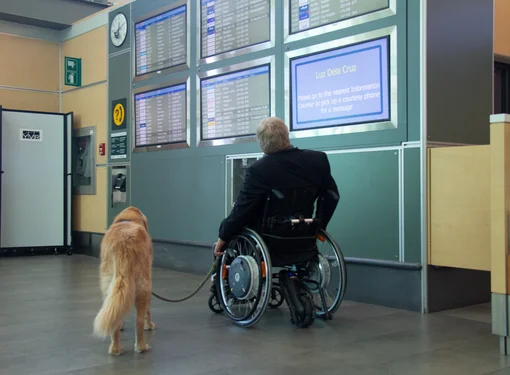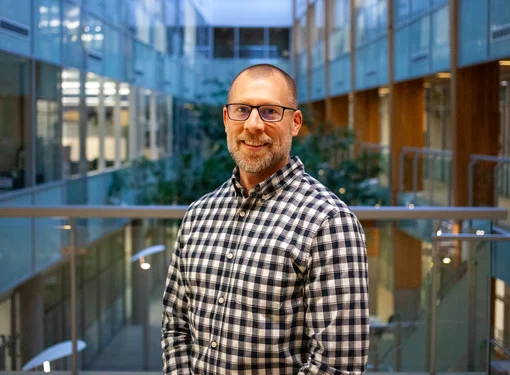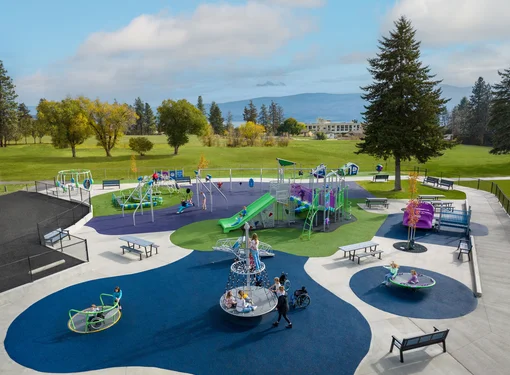Untold disability stories: Why we need to include the world’s largest minority in arts, culture, and media
People with disabilities form the world’s largest minority group (over one billion according to the World Health Organization). Disability affects people of every age, ethnicity, religion, gender, and sexual orientation. Why, then, do we rarely see people with disabilities on TV, stage, or the big screen?
Historically, those with disabilities been underrepresented in popular culture and mainstream media – if they have been represented at all. But media is how we seek out new information and get exposed to new ideas, and it’s how we are able to learn about different people, cultures, and lifestyles. If we never see people with disabilities on our screens, it’s that much harder to understand their experiences, change stereotypes, and see their full potential.
How can we integrate people with disabilities and their stories into mainstream media? Here are a few ideas.
5 ways to include people with disabilities in arts, culture, and media
- Seek out the voices of people with disabilities and learn about the disability community. There are so many amazing disability vloggers out there who are raising awareness about disabilities and disability issues. Here are a few you can check out:
Rikki Poynter is an activist and Deaf YouTuber who focuses on Deaf awareness, accessibility, and the importance of Closed Captioning. Check out Rikki’s awesome YouTube channel.
Molly Burke is a blind YouTuber, motivational speaker and accessibility, anti-bullying, and mental health activist. You can find Molly’s videos at MollyBurkeOfficial.
Zach Anner is a comedian, actor and writer with cerebral palsy. His video on “Top 10 things I wish people knew cerebral palsy” is fun, funny, educational, and a must-watch. You can see more of Zach’s videos on his YouTube channel. - Tell disability stories and give people with disabilities opportunities to tell their own. The show Speechless is a great example of this. The show follows the DiMeo family whose oldest son, JJ, has cerebral palsy and is non-verbal. The show talks about disability, accessibility and inclusion in an honest way, but it’s also funny and entertaining and shows that families with kids with disabilities are really just like any other family.
Similarly, provide opportunities for people with disabilities to tell their own stories in plays, musicals, or even short digital videos. - Hire actors who have disabilities to play characters with disabilities, and hire dancers, musicians, and artists to showcase their talents. It’s easy for an actor to authentically portray having a disability if the actor actually has a disability. The actor who plays JJ in Speechless does have cerebral palsy and brings real understanding and personal experience to his role.
For the 2016 Rio Paralympic Games, Britain’s Channel 4 made a video paying tribute to musicians, athletes, artists, and ordinary people with disabilities in “We’re The Superhumans.” Cast entirely with people with disabilities, the video focuses on the strength and abilities of these people with disabilities, and changes attitudes about what they can accomplish. - Ensure that movie theatres, concert halls, art galleries, and other entertainment venues are physically accessible. It’s crucial that the places and spaces where we watch movies, listen to music, see art, etc., do not have barriers to accessibility.
Making cultural spaces universally accessible ensures that everyone, regardless of ability, can be included and can fully participate in their communities.
- Make TV, movies, and other media accessible. Providing open and closed captioning, described video, transcripts, and sign language interpretation for audio and video means that everyone can enjoy TV series, movies, and concerts.
The Royal Shakespeare Company in Stratford-upon-Avon in England is doing an incredible job of breaking down barriers to attendance. In addition to having a physically accessible venue, they also offer captioned and BSL-interpreted performances.
In order to remove stereotypes, stigma, and social barriers to inclusion, people with disabilities must be represented and allowed to share their stories. Seeing people with disabilities who are leading full and productive lives helps build understanding of their unique experiences and opens all our eyes to a world of creative possibilities.






